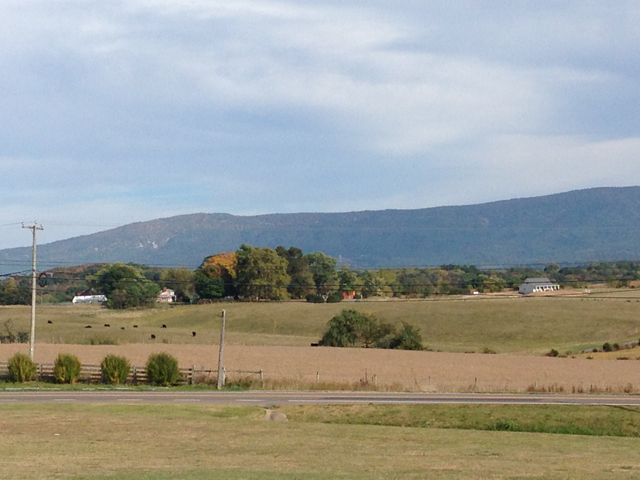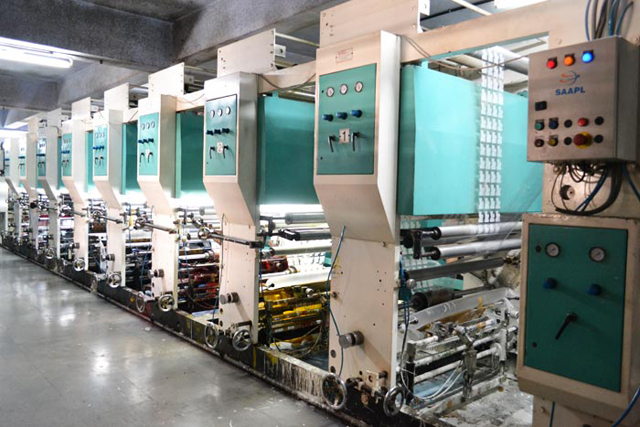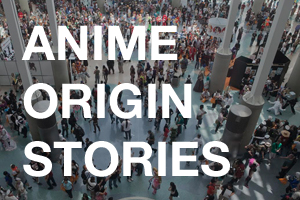This weekend marked the 150th anniversary of the book binding company where my father-in-law works. For over 30 years, he has operated a printing press as large as a two-story building, binding book copies by the million to be distributed all over the world.
This is the first time it’s been open to the public since 1999, and even so I wasn’t allowed to take any pictures. It’s no surprise why—high profile books bound for the best seller list are routinely cycled through.
The plant is in a rural area of Virginia, spanning a mile wide on the inside. Outdoors, cows graze in the valley below the Blue Ridge Mountains. When they opened the plant in 1980, my father-in-law applied for the same job he works today, manning a printing press.
Apart from a smaller new “digital ink” press and some renovations, little has changed today. My favorite part of the tour were the industrial robots who use dextrous metal arms to perform jobs at which humans used to lose their fingers, but my father-in-law just scoffs. Where I see innovation, he sees former teammates who were laid off.
Inside the plant, towering stacks of half-finished books line the warehouses, while millions of tons of 9-mile-long rolls of paper are poised to print more. There’s a use for every type of paper and every paper byproduct, from defunct book prints to even paper dust.
Near the end of the tour, I got to shake hands with the plant manager. He and my father-in-law both started the same year in the plant’s apprenticeship program, and know each other well. My father-in-law told him that I’ve started writing books. “But she’s mostly an Internet writer, you know, the kind we don’t like!” he joked.
The manager asked me who was publishing my books, and I told him about Carlton as well as the publisher I worked for in the spring (I’m optimistic, I guess). He frowned thoughtfully, and said he wasn’t familiar with indie publishers. He was standing in front of a building-sized stack of partially bound copies of John Green’s The Fault In Our Stars.
It was a real change of perspective for me. For me, self publishing is indie. Digital publishing, where I can’t afford to do a print run, is indie. Working with publishers, albeit small ones, is akin to working with corporations in my world. But for the old school printing establishment, which has the capacity to churn out millions of books in a day, the print runs I am considering are indeed “indie,” even if they’re a tier above what I usually do. The plant now has a digital ink printer for smaller print runs, though I can’t even image how staggering those are in comparison to how many copies of my books will be printed.
I have read 34 books on Kindle this year, compared to 3 in paperback form. In my life, print is hardly relevant. But standing below the buildings made out of books and bindings, in the midst of a mile-long space that smells like nothing more than a freshly cracked novel, it’s hard to argue with the still intimidating imperium of the print publishing world.
Writing a book in seven weeks, part 6
Writing a book in seven weeks, part 5
Writing a book in seven weeks, part 4
Writing a book in seven weeks, part 3
Writing a book in seven weeks, part 1
Above: the field outside the plant. Middle: a modern color printing press.
Discover more from Otaku Journalist
Subscribe to get the latest posts sent to your email.





